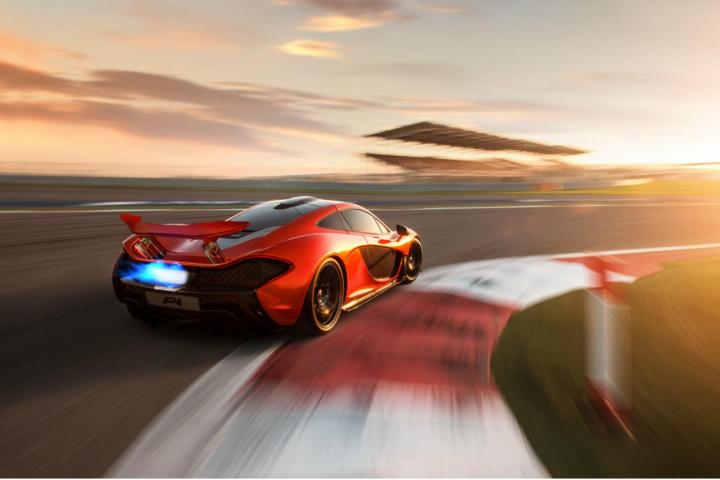
The McLaren P1 is an awesome machine: An epoch-defining supercar that just happens to be a hybrid.
Yet with just 375 copies made, the P1 isn’t exactly relevant, even to the average supercar buyer. That could change in the coming years, though.
In an interview with Edmunds, McLaren CEO Mike Flewitt said that, in 10 years, the carmaker plans to offer some degree of electrification on each of its models, although some hybrid systems may be more basic than others.
Of course, McLaren won’t have too many models to cover. The company plans to offer just two to three mainstream models at a time, plus specialty cars like the P1, and “perhaps even a full-electric car.”
For now, though, McLaren will concentrate on building brand awareness.
The marque is well known among car enthusiasts, but it hasn’t been in the road-car business as long as vaunted rivals like Ferrari and Porsche, so buyers aren’t as familiar with the name. McLaren hopes to be selling 4,000 to 6,000 cars per year a decade from now.
The push for added market share will begin with McLaren’s next car, the P13. This “entry-level” supercar will be unveiled at the 2015 Geneva Motor Show, and go on sale in the fall of 2015 starting at $210,000, according to Edmunds.
The P13 will feature styling similar to that of the 650S, as well as a de-tuned version of its 3.8-liter, twin-turbocharged V8. So expect the smaller car to be easier to park, but not quite as fast as its big brother.
In 2017, McLaren will reportedly launch the P15, which will sit above the 650S in the lineup and carry a pricetag of $500,000 to $600,000. It won’t be a direct replacement for the P1, though.
Rather, the P15 is expected to be a less-exotic flagship car that will attract attention to the brand, but won’t dramatically change the supercar status quo, as the P1 did.
McLaren hasn’t discussed a timeline for its new hybrid models, but expect the pace to quicken after the launch of the P13 and P15, as the company faces stricter global emissions regulations.


